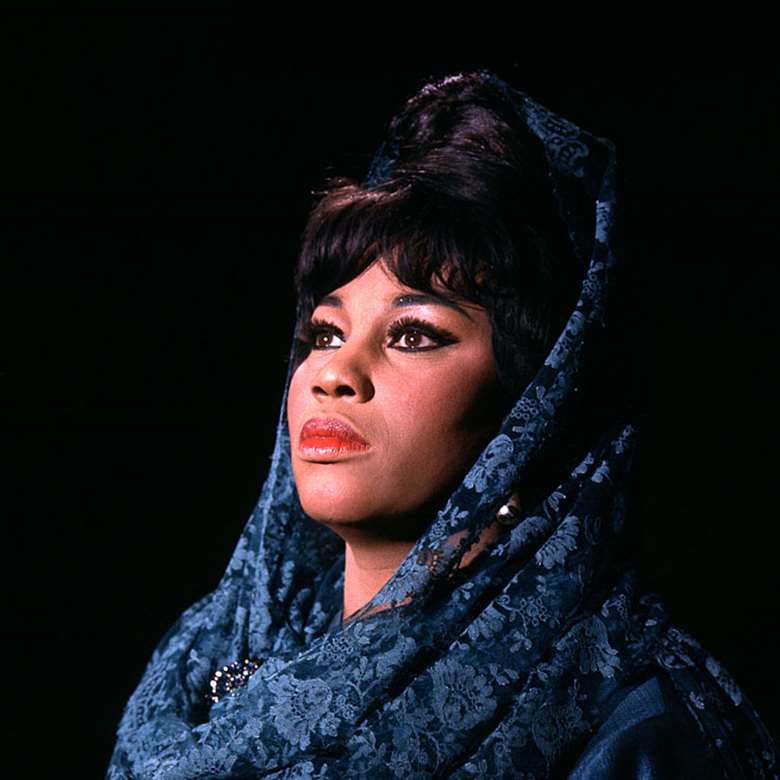Icon: Leontyne Price
David Patrick Stearns
Monday, February 6, 2017
The American soprano had a gift for fusing voice, words and meaning, and was even able to adapt her vocal colours to her conductor, writes David Patrick Stearns

Register now to continue reading
Thanks for exploring the Gramophone website. Sign up for a free account today to enjoy the following benefits:
- Free access to 3 subscriber-only articles per month
- Unlimited access to our news, podcasts and awards pages
- Free weekly email newsletter








